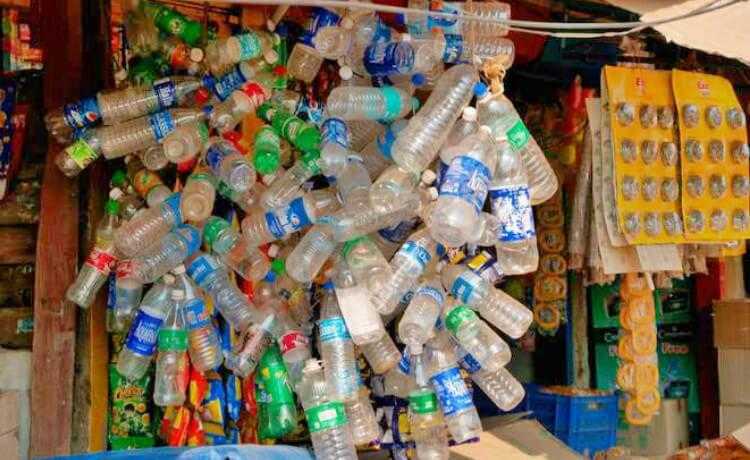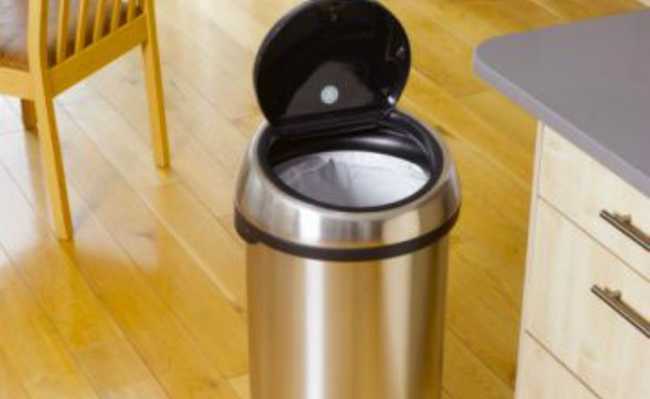BCI certification: a sustainable way to produce cotton
Certification Better Cotton Initiative and the Initiative for a Better Cotton
Image: thinglink
BCI certification, or rather, certification Better Cotton Initiative (Translated from English: Initiative for a Better Cotton), is a non-profit organization that started in 2005, at a roundtable of the NGO World Wildlife Fund (WWF). Bringing together producers, processors, traders, manufacturers, retailers and civil society organizations in a global partnership, BCI certification aims to ensure a more sustainable future for the cotton production sector.
Implemented in Brazil by the Brazilian Association of Cotton Producers (Abrapa), with the support of its state associations and the Solidaridad Foundation, the BCI certification has the long-term goal of implementing its principles and criteria in world cotton production, as has already been happening in some producing countries.
Principles
1. Minimize the harmful impacts of cotton crop protection practices
Within this principle, BCI certification establishes that the cotton producer must adopt a pest management program. This management must focus on healthy crops, which are developed in a preventive manner against pest attacks. Prevention should occur through improvement of beneficial insect populations, regular field inspections and resistance management.
The pesticides used must be registered in the country, correctly labeled in the national language and be outside the list of harmful pesticides of the Stockholm Convention, which determines the discontinuation of production and use of Persistent Organic Pollutants (POPs). To learn more about this subject, check out our article: "The danger of POPs".
Also in this principle, the BCI certification establishes that pesticides allowed for use (within the BCI certification) must be applied by healthy people, trained and trained in the application of pesticides; over 18 years of age and who are not pregnant or nursing.
2. Use water efficiently and ensure its availability
In this principle, BCI certification determines that the producer adopts management practices that optimize the use of water.
3. Take care of soil health
Principle number three of certification Better Cotton Initiative determines that cotton producers adopt good management practices in order to maintain or increase soil structure and fertility. And for this to happen, the certification establishes that the nutrients must be applied according to the needs of the soil, the crop and the season. The mode of application and dosage must be optimized. And management practices must minimize erosion and contain soil movement in order to protect drinking water sources and other waterways from surface runoff.
4. Conserve natural habitats
The use and conversion of land for cotton growing must comply with national legislation related to the use of agricultural land.
In order to conserve natural habitats, BCI certification establishes that practices that increase biodiversity are adopted on the cotton producer's property or in its surroundings.
5. Ensure and preserve fiber quality
Seed cotton must be harvested, handled and stored in such a way as to minimize impurities, damage and contamination.
6. Promote fair working relationships
This principle establishes that cotton production must respect freedom of association, which means that small farmers (including tenants, sharecroppers and other categories) have the right, on a voluntary basis, to establish and develop organizations according to their interests.
Production with BCI certification, in accordance with ILO Convention 138, prohibits any child labor.
For hazardous work, the minimum age set is 18 years.
And the job must be freely chosen, no labor must be compulsory or forced, this includes trafficked or slave labor to pay debts.
What makes a producer part of Better Cotton Initiative?
To implement the BCI certification system in their production, the producer must first attend an awareness lecture and receive training to complete a self-assessment form. This activity, which can be done individually or in groups (in the case of small producers), allows the producer(s) to compose an initial diagnosis of the property.
The producer, individually or in a learning group, receives technical support to collect data about his production system. For this, he can use a field book or an automated system where he will write down the necessary information.
Based on the needs and benchmarks chosen during the self-assessment, the producer participates in a support program to help meet the minimum criteria and progress requirements.
Together with the teams from Abrapa, BCI and Solidaridad (small), they verify compliance with the minimum and progress criteria (for those in the second year of implementation). Producers are instructed to collect and monitor indicators that will show the progress of the sustainability tripod on the property over time.
If you still cannot meet all the minimum criteria, the producer will have a support and development plan available so that, in a short period, he can adjust.
Producers receive independent verification to verify compliance with the minimum criteria and, from the second year of implementation, with the progress requirements. The audit then forwards a report on the property to BCI.
Properties are approved by the BCI regional coordinator based on an analysis of three steps: self-assessment, 2nd Party verification and independent verification. The producer is then licensed to sell BCI cotton.
Benefits
Cotton production is responsible for the survival of more than 100 million producers worldwide and thousands in Brazil.
Hundreds of thousands of other workers depend on cotton in the various links in the textile chain.
In addition to fiber, cotton generates important by-products, such as oil, biodiesel, meal for animal feed and others.
In the textile industry, cotton has proven to be one of the most sustainable alternatives for the production of fabrics, especially organic cotton. This is also because cotton fabrics are biodegradable and, unlike synthetic fibers, do not release microplastic during consumption. To learn more about this topic, check out our article: "What is the environmental impact of clothing production? Understand and learn about alternatives". Also check out the article: "Study reveals that washing clothes made with synthetic fibers release microplastics".
Another advantage is that the adoption of better management practices results in better profitability and productivity for the farmer. At the same time, the system Better Cotton it tends to improve the quality of cotton and fiber, as it reduces contamination and encourages producers to invest in more advanced methods. In addition, as the entire cotton chain demonstrates its commitment to more sustainable production practices, the widespread adoption of improved management practices and greater security in the supply chain will ensure a better reputation for producers, industries, retailers and organizations linked to the textile sector.
Source: Better Cotton Production Guide










